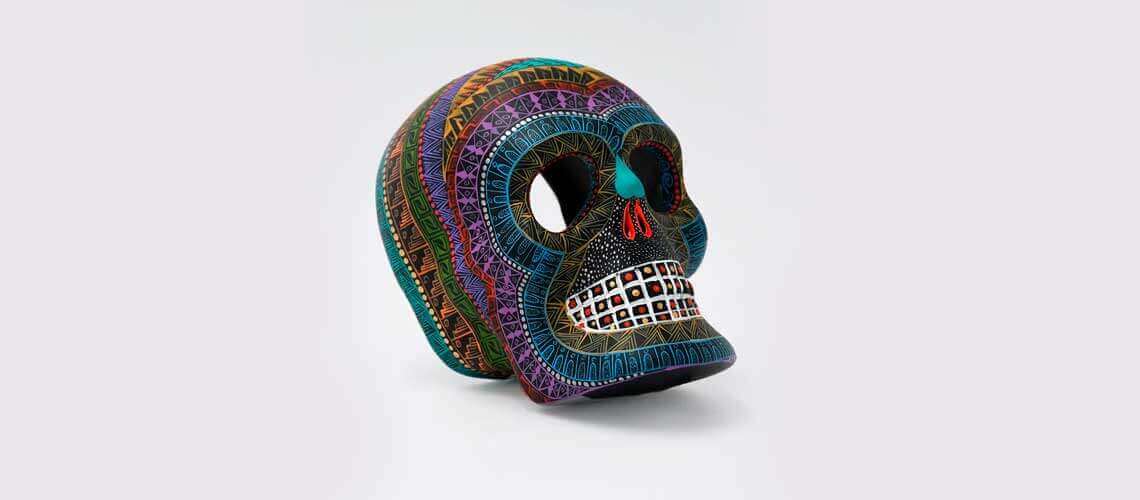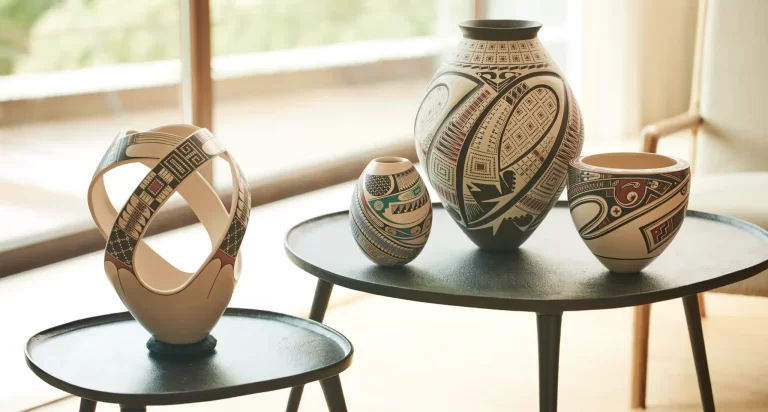Mexican folk art is a vibrant tapestry of culture and tradition, capturing global attention with its rich diversity and vivid color. Distinguished by its authenticity and creativity, this art form is deeply intertwined with Mexico’s ancestral heritage.
In this article we will explore the characteristics that make Mexican folk art unique, immersing ourselves in its history, techniques and iconic symbols.
A Storied Tradition
Mexican folk-art traces its origins to pre-Hispanic civilizations like the Aztecs, Mayans, and Olmecs. These ancient cultures established a rich tradition of craftsmanship, including pottery, textiles, sculpture, and painting. With western influences, different works were initiated.
With the arrival of the conquest, indigenous art merged with European influences, giving rise to a new aesthetic that still endures today.
Diverse Techniques and Materials
The hallmark of Mexican folk art lies in its variety of techniques and materials. Artisans across Mexico employ everything from clay and wood to metal and glass.
Regions such as Oaxaca, Michoacán, and Chiapas are renowned for their distinctive crafts, including Oaxaca’s pottery, Michoacán’s alebrijes, and Chiapas’s textiles. These techniques, often passed down through generations, preserve a treasured cultural legacy.
Symbols and Significance
Mexican folk art is rich with symbols that reflect the nation’s worldview and identity. The colorful skulls of Día de los Muertos and the intricate designs of indigenous textiles each tell a story, drawing inspiration from nature, religion, and history.
This art form creates a vibrant dialogue between the past and present, celebrating Mexico’s enduring cultural spirit.

